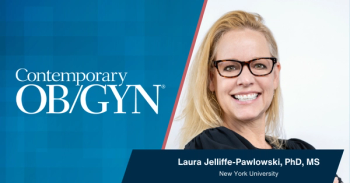
- Vol 65 No 08
- Volume 64
- Issue 08
Terminology for ob/gyns to use when treating transgender patients
Transgender and nonbinary people face disproportionate rates of stigma and discrimination in seeking healthcare—and may encounter additional unique barriers in attaining gynecologic and reproductive care.
In this month's issue of Contemporary OB/GYN, Drs. Crissman and Stroumsa authored a feature story that discussed the needs of transgender and nonbinary people.
Excerpt:
"Ob/gyns have the opportunity to play a significant role in improving access to quality gynecologic and reproductive care for transgender and nonbinary people. This can be done with relative ease, with compassion, gender-inclusive practices, sensitivity to patients’ lived experiences, and a modest expansion of the traditional baseline knowledge regarding hormones and gender-affirming medical interventions."
The following are terms and definitions Drs. Crissman and Stroumsa provided to help ob/gyns use correct and appropriate terminology when caring for patients.
Articles in this issue
over 5 years ago
Was loss of ovary in this pediatric case avoidable?over 5 years ago
August issue roundup: Vol 65 No 08over 5 years ago
Resources for transgender careover 5 years ago
Overcoming racism and unconscious bias in ob/gynover 5 years ago
Gynecologic care considerations for transmasculine peopleover 5 years ago
AUGS: Vaginal Energy-Based Devicesover 5 years ago
Addressing inequalities in women's health researchover 5 years ago
Chairman's message: Implicit bias and racismover 5 years ago
Ensuring racial justice and health equity in ob/gynNewsletter
Get the latest clinical updates, case studies, and expert commentary in obstetric and gynecologic care. Sign up now to stay informed.











